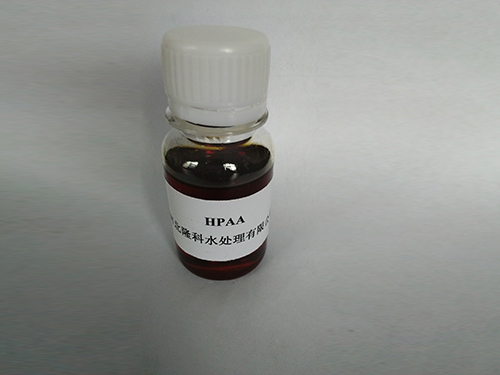Exploring the Role of Bit Isothiazolinone in Preserving and Protecting Against Microbial Growth
Understanding BIT (Benzisothiazolinone) Composition, Uses, and Safety Concerns
Benzisothiazolinone, commonly referred to as BIT, is a synthetic compound that belongs to the isothiazolinone family. This compound is widely used as a biocide and a preservative in various industrial, cosmetic, and household products. With the growing concern about chemical safety and environmental impact, understanding BIT's properties, applications, and potential health implications is crucial.
Chemical Composition and Properties
BIT is an organic compound characterized by its isothiazolinone group, which consists of a five-membered ring containing nitrogen and sulfur atoms. Its molecular formula is C7H5N3OS, and it is typically encountered as a white crystalline powder or in liquid form. BIT is known for its effective antimicrobial properties, making it a popular choice for preserving formulations and preventing microbial growth.
Applications of BIT
BIT is used in a wide array of products across different industries. One of its primary applications is in the preservation of water-based formulations, such as paints, coatings, and adhesives. Its potent antifungal and antibacterial properties help inhibit the growth of microorganisms that can compromise product integrity and longevity.
In addition to industrial applications, BIT is widely utilized in the cosmetic industry. It is commonly found in personal care products like creams, lotions, shampoos, and wet wipes. By preventing the growth of harmful bacteria and molds, BIT helps maintain product stability and safety.
Moreover, BIT is also employed in the manufacturing of wood preservatives and other construction materials, ensuring long-lasting protection against decay and insect infestations.
bit isothiazolinone

Safety and Health Concerns
Despite its effectiveness as a preservative, the use of BIT has raised health concerns, particularly regarding skin sensitization and allergic reactions. Studies have shown that BIT can provoke allergic contact dermatitis in susceptible individuals. This has led to increased scrutiny and regulatory measures in various regions, particularly within the European Union.
In 2016, the European Commission included BIT in its list of substances of very high concern (SVHC) due to its classification as a potential sensitizer. Consequently, manufacturers are required to label products containing BIT and provide safety information regarding its use.
The safety of BIT is also a point of concern for environmentalists. While BIT is effective in controlling microbial growth, its persistent nature raises questions about its impact on aquatic ecosystems. Regulatory bodies are evaluating the environmental risks associated with its use, leading to a reevaluation of its applications in various industries.
Conclusion
Benzisothiazolinone (BIT) is a widely used biocide and preservative with significant applications across different sectors, including cosmetics, industrial products, and wood preservation. While its effectiveness in preventing microbial growth is well documented, safety concerns regarding allergic reactions and environmental impact cannot be overlooked. As consumer awareness about chemical safety continues to grow, it is imperative for manufacturers and regulatory bodies to engage in ongoing research and communicate clear information to users about the risks and benefits associated with BIT.
Efforts towards finding safer alternatives or improved formulations may shape the future of product preservation, ensuring both efficacy and consumer safety. As we navigate the complexities of chemical use in everyday products, understanding compounds like BIT proves essential in promoting a balance between functionality and safety.
-
Water Treatment with Flocculant Water TreatmentNewsJun.12,2025
-
Polymaleic AnhydrideNewsJun.12,2025
-
Polyaspartic AcidNewsJun.12,2025
-
Enhance Industrial Processes with IsothiazolinonesNewsJun.12,2025
-
Enhance Industrial Processes with PBTCA SolutionsNewsJun.12,2025
-
Dodecyldimethylbenzylammonium Chloride SolutionsNewsJun.12,2025





